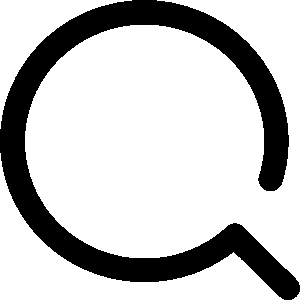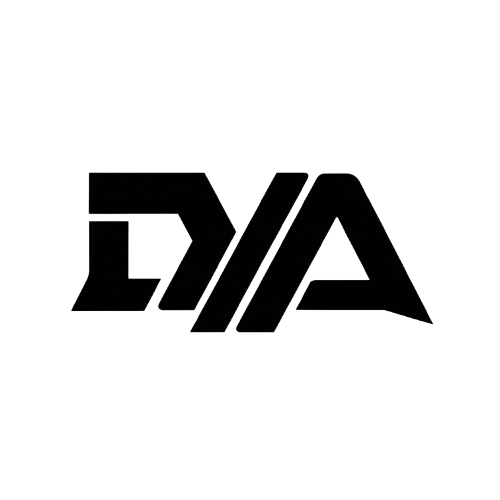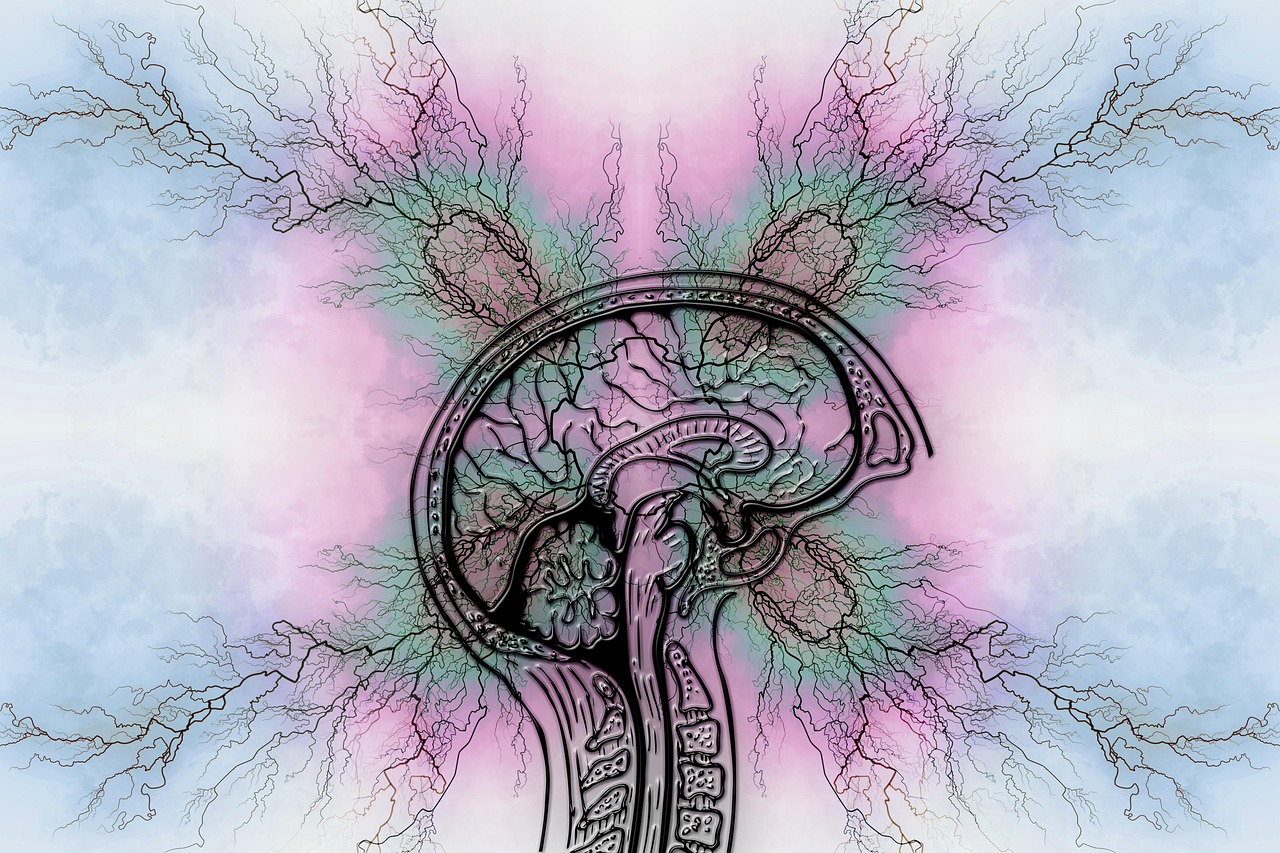Discover ADHD productivity hacks that actually work, based on research, expert advice, and real-world experiences from the ADHD community. Practical tips without toxic positivity.
Introduction to ADHD Productivity

When you hear the phrase ADHD productivity, you probably feel that mix of hope and dread. On one hand, you’re constantly searching for tools to stay on track. On the other, you’ve already been buried in endless “productivity hacks” that sound great in theory — but crumble the moment executive dysfunction shows up.
At ADHD Goat, we know that traditional productivity advice often fails ADHD brains. So instead of recycling surface-level tips, we took a deep dive into peer-reviewed studies, cognitive behavioral therapy models, expert research, Reddit threads, TikTok rants, Discord debates, and ADHD support groups to find what actually works for real people living with ADHD. This guide will explore human-centered, hyper-relevant strategies that don’t require you to turn into a robot.
Whether you’re a student drowning in deadlines, a professional fighting burnout, or simply someone who feels stuck in a cycle of overwhelm, this article offers actionable, honest strategies for ADHD productivity — built from both science and real lived experience.
Updated June 2025
Table of Contents
Understanding ADHD Productivity: Why The Struggle Is So Real
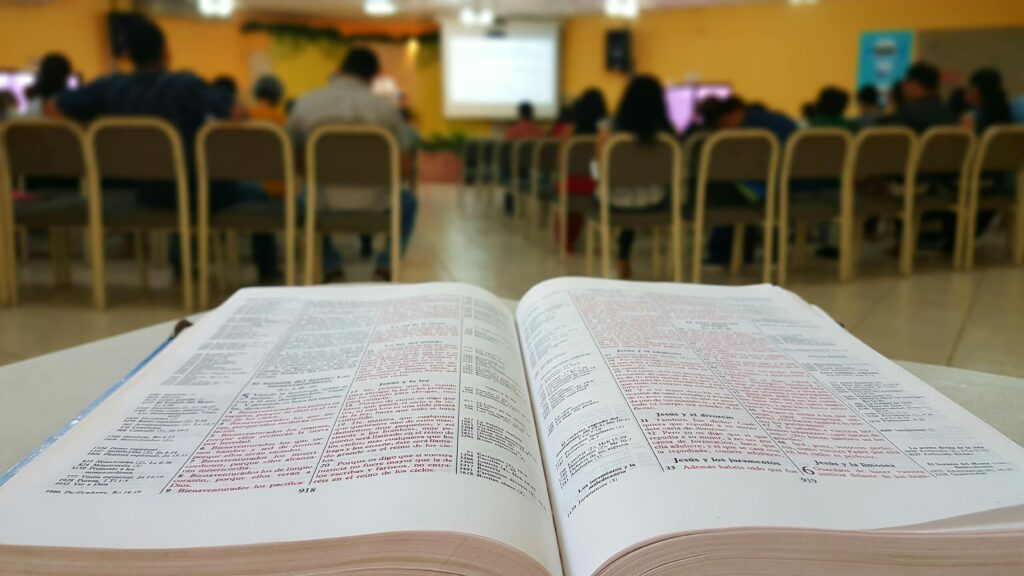
Before we get into specific strategies, it’s important to understand why productivity feels so slippery for people with ADHD. ADHD isn’t just about distraction; it’s about self-regulation — the brain’s ability to manage attention, emotions, priorities, time, and motivation.
According to research published in the Journal of Attention Disorders, executive dysfunction plays a central role in ADHD productivity struggles. This includes:
- Time blindness
- Task initiation paralysis
- Working memory overload
- Emotional dysregulation
- Perfectionism-fueled procrastination
In Reddit communities like r/ADHD and countless support groups, ADHDers often describe productivity as a rollercoaster of hyperfocus bursts followed by paralyzing inertia. Real people frequently mention feeling shame about their inability to follow even the simplest productivity systems designed for neurotypical brains.
Traditional productivity methods — rigid schedules, to-do lists, willpower-based strategies — often fail to account for this core difference in brain wiring. That’s why ADHD productivity requires different tools: flexible, forgiving, low-barrier systems that support executive function instead of punishing its weaknesses.
1. Body Doubling: The Weirdly Effective Secret Weapon
If you’ve spent any time in ADHD communities, you’ve probably heard of body doubling. This simple but wildly effective strategy involves working alongside another person — in-person or virtually — to help maintain focus and accountability.
While scientific research on body doubling is still emerging, real-world testimonials flood platforms like Reddit, Discord, and ADHD TikTok. The mechanism seems to involve social mirroring and co-regulation, giving ADHD brains enough stimulation and accountability to stay anchored to the task at hand.
Popular variations include:
- Virtual coworking rooms (ex: Focusmate, LoFi study streams, Discord servers)
- In-person coworking sessions with friends
- Silent “parallel work” video calls with fellow ADHDers
Unlike forcing rigid self-discipline, body doubling offers externalized structure — a major compensatory tool for ADHD executive dysfunction.
For a full breakdown of ADHD symptoms that often drive productivity challenges, visit our core article on ADHD symptoms.
2. Micro-Chunking: Break Tasks Into Ridiculously Small Pieces
ADHD brains tend to struggle with task initiation — the moment when you start a task often feels like the heaviest mental lift. Standard advice like “just get started” completely misses this reality.
The solution: micro-chunking.
Micro-chunking means breaking tasks into laughably tiny steps — so small that your brain can’t protest. Instead of “clean the kitchen,” you might start with:
- Put one dish in the dishwasher.
- Wipe one section of the counter.
- Fill one glass of water.
This taps into the behavioral activation principle used in CBT (Cognitive Behavioral Therapy), where small wins create momentum and reduce task avoidance. ADHDers on Reddit often describe micro-chunking as the only way they can trick their brains into consistent action.
As one Reddit user put it:
“If the task feels overwhelming, I shrink it until it’s dumb enough that my brain says ‘fine, I’ll do that.’ After a few micro-wins, I’m often in motion without realizing it.”
3. Use “Starting Rituals” Instead of Forcing Motivation
Waiting for motivation to magically appear is one of the biggest traps ADHDers fall into. Productivity happens when you create systems that bypass motivation altogether.
Starting rituals — simple, repeatable actions that signal your brain it’s time to enter work mode — are highly effective for ADHD productivity. These might include:
- Putting on specific “work clothes” (even at home)
- Starting a playlist tied to focus sessions
- Lighting a candle or setting a timer before working
- Using apps like Forest or Pomodoro timers to visually mark work periods
The key is consistency. Over time, these rituals become cognitive cues that help transition your brain from scattered to focused.
4. Embrace Visual Organization Systems
Written to-do lists often become overwhelming for ADHDers due to working memory overload. Visual systems offer a more brain-friendly alternative.
Popular options include:
- Kanban boards (physical or digital with tools like Trello)
- Color-coded calendars
- Visual timers (Time Timer is frequently recommended in ADHD forums)
- Sticky notes arranged spatially instead of in lists
Visual systems externalize priorities and reduce cognitive load — a proven tactic for improving task management in ADHD, as documented in studies on external scaffolding strategies for executive dysfunction.
For additional treatment strategies that blend both medication and behavioral approaches, visit our full guide on ADHD treatment.
5. Manage ADHD Productivity With “Flexible Routines”
Rigid, perfectly scheduled daily plans often backfire for ADHD brains. One unexpected disruption can cause the entire system to collapse. Instead, ADHD experts and support communities consistently recommend flexible routines.
Flexible routines provide structure without strict rigidity. You have a general sequence of tasks, but allow for adjustments based on energy levels, time of day, or unexpected events. For example:
- Morning: Eat breakfast → answer emails → 30-minute work sprint
- Afternoon: Stretch → handle one major task → take break
- Evening: Review wins → prep for next day
A 2021 study published in The ADHD Report emphasized how flexible structures significantly improve ADHD productivity, particularly when combined with external accountability.
One Redditor summarized it perfectly:
“A flexible routine gives me bumpers. I can bounce around, but I won’t completely crash off the lane.”
For additional research on how routine flexibility supports executive function, see this comprehensive article from CHADD — The National Resource Center on ADHD.
6. Utilize “Future Self” Framing
Another highly effective strategy circulating in ADHD forums and therapy circles is “future self framing.” This simple mental trick involves asking:
What small action can I take right now that my future self will thank me for?
ADHDers often struggle with delayed gratification, as shown in research from The Journal of Clinical Child and Adolescent Psychology. Future self framing bridges this gap by making future consequences feel immediate and emotionally relevant.
In ADHD support groups on Facebook, many users describe how this mindset shift helps override procrastination paralysis. Examples include:
- “My future self will love waking up to a clean sink.”
- “Filing this one paper now saves tomorrow’s panic.”
- “Starting my ADHD productivity tasks now makes tonight’s rest easier.”
By personalizing productivity for ADHD in emotionally grounded ways, you reduce resistance while building momentum.
7. Gamify ADHD Productivity With Real Rewards
Gamification isn’t just for kids — it taps directly into ADHD brains’ craving for dopamine. Many in the ADHD community report success using self-imposed reward systems to boost motivation and consistency.
Popular ADHD productivity gamification tactics include:
- Earning points for completing microtasks
- Using apps like Habitica or Todoist Karma to track progress
- Setting up “unlock” rewards (small treats, TV episodes, gaming time after focus sessions)
The key is to make rewards immediate, tangible, and scaled appropriately to task difficulty. As one r/ADHD user explained:
“I stopped expecting intrinsic motivation. Now I bribe myself and it works beautifully.”
For more in-depth analysis on gamification’s neurological relevance for ADHD productivity, read this review from ADDitude Magazine, a leading ADHD resource backed by expert editorial standards.
8. Energy Management > Time Management
Traditional productivity advice emphasizes managing your time, but ADHDers benefit more from energy management.
In extensive Reddit threads, Discord chats, and ADHD coaching circles, users repeatedly mention how their capacity to focus fluctuates wildly throughout the day. Energy-based planning allows you to:
- Front-load important tasks into natural peak energy windows
- Schedule low-demand tasks during mental fatigue zones
- Honor natural ultradian rhythms (90-120 min focus cycles)
A 2022 study in Neuropsychology Review highlights how ADHD-related fatigue and cognitive load impair sustained attention, making strict time blocks unrealistic for many.
ADHD productivity improves dramatically when you respect your brain’s fluctuating capacity instead of forcing rigid schedules.
9. Build Low-Stakes Accountability Systems
One of the most consistent ADHD productivity hacks shared by real users involves creating low-stakes accountability:
- Share daily goals with a trusted friend or online peer group.
- Use public accountability threads on Reddit (ex: “Daily Check-In” posts).
- Join Discord communities that host virtual coworking rooms.
- Set simple daily wins that others gently check in on.
Low-stakes accountability leverages the ADHD brain’s external motivation wiring without invoking high-pressure perfectionism. As one member in r/ADHD put it:
“It’s like I trick my brain into caring because someone else might see my progress, but there’s no shame if I don’t get it perfect.”
Frequently Asked Questions: ADHD Productivity
Why is ADHD productivity so hard compared to neurotypical productivity?
ADHD productivity is uniquely challenging because ADHD affects executive functioning — skills required to plan, organize, start, and sustain tasks. Unlike neurotypical productivity that assumes stable self-regulation, ADHD productivity struggles stem from deficits in task initiation, emotional regulation, working memory, and time perception.
Do ADHD productivity hacks work for both adults and children?
Many ADHD productivity strategies like body doubling, micro-chunking, gamification, and flexible routines work well across ages. However, children may require additional parental scaffolding, external structure, and school-based accommodations. Adults often benefit from peer-based accountability and self-created external systems.
Can ADHD productivity improve without medication?
Absolutely — while medication is often a powerful tool, many ADHDers find meaningful improvement through behavioral strategies, coaching, cognitive behavioral therapy, lifestyle adjustments, and community-based support. ADHD productivity improves when multiple interventions work together.
For a full breakdown of treatment options including non-medication protocols, visit our guide on ADHD treatment.
How can I start improving ADHD productivity today?
Start small:
- Pick one micro-task.
- Create a simple starting ritual.
- Set up body doubling or accountability.
- Track what works best for your brain.
- Stay flexible and self-compassionate.
ADHD productivity thrives when you lower the barrier to starting and build momentum gradually.
Conclusion: Unlocking ADHD Productivity That Actually Works
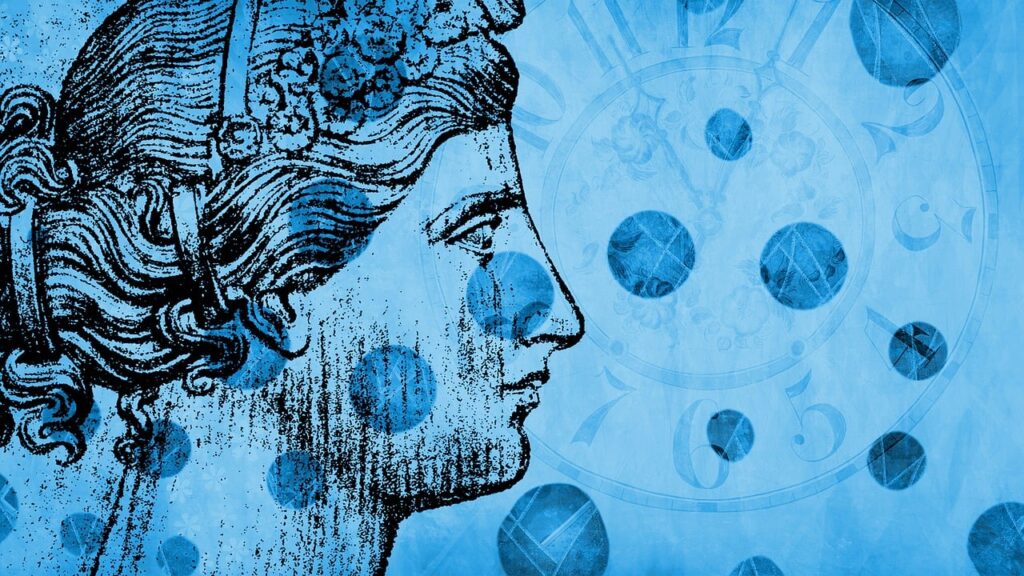
ADHD Productivity Success Comes From Personalization
ADHD productivity isn’t about finding the perfect system—it’s about building a system that works for your brain. The tips we’ve shared here aren’t magic, but they’re rooted in real experiences from people living with ADHD every single day, combined with the best available research. They reflect how people like you are managing ADHD productivity in the real world—not theoretical models that crumble under executive dysfunction.
From body doubling to micro-chunking, flexible routines to gamification, ADHD productivity improves most when you stop expecting neurotypical perfection and instead build forgiving systems that account for time blindness, motivation gaps, and energy fluctuations.
It’s messy. It won’t always be consistent. But by stacking strategies that fit your brain’s wiring, ADHD productivity can become achievable, sustainable, and even (sometimes) enjoyable.
For a broader look at ADHD management approaches that pair with productivity strategies, don’t forget to read our cornerstone articles on ADHD symptoms, ADHD treatment, and ADHD testing.
About the Author
Jenny Mirah
I’m Jenny Mirah—neurodivergent writer, researcher, and full-time ADHD brain wrangler. I live with ADHD and anxiety, which means I’ve tested (and broken) more productivity systems than I can count. Here at ADHD Goat, I combine personal experience with hours of obsessive research, Reddit deep-dives, support group conversations, and scientific study reviews to bring you advice that actually feels like it was written by someone living this life — because it was.
What Is ADHD Goat?
ADHD Goat is a research-backed, community-powered resource for ADHDers, neurodivergent individuals, and the LGBTQ+ mental health community. Our mission is to bridge scientific studies with real-world experiences—combining data from peer-reviewed journals, professional guidelines, and what actual people are saying across Reddit, TikTok, Discord, and support groups. Every article follows strict research principles while staying brutally human.
Suggestions from ADHD Goat
- Try pairing one ADHD productivity tip with body doubling today.
- Explore ADHD communities like Reddit’s r/ADHD for more lived experiences.
- Test visual organization tools like Kanban boards to externalize tasks.
- Consider using “future self” framing to overcome task initiation blocks.
- Bookmark our upcoming guides on ADHD nutrition, ADHD coaching, and ADHD time management for more research-backed strategies.
Transparency Notice
\All content at ADHD Goat is built using a researcher’s approach. We analyze peer-reviewed scientific literature, expert guidelines, and—importantly—the lived experiences of thousands of real people across social media platforms like Reddit, TikTok, and Discord. Every recommendation is cross-checked against up-to-date evidence and filtered through the realities of living with ADHD. We remain transparent in separating clinical research from personal experience, so you can make informed choices that fit your unique situation. If you have any questions contact us
